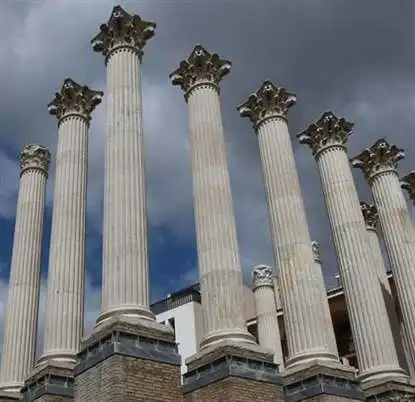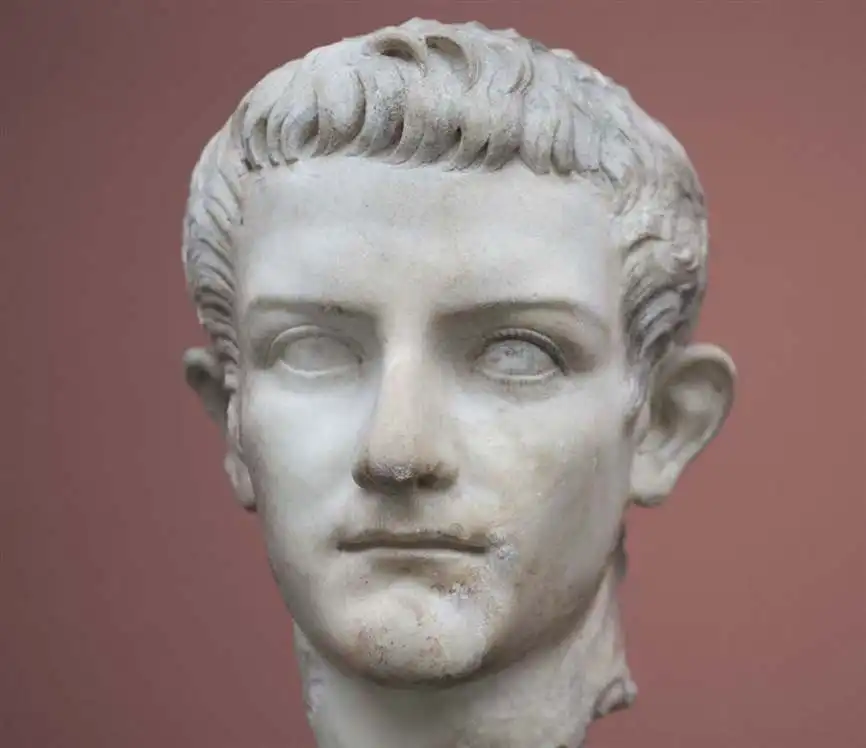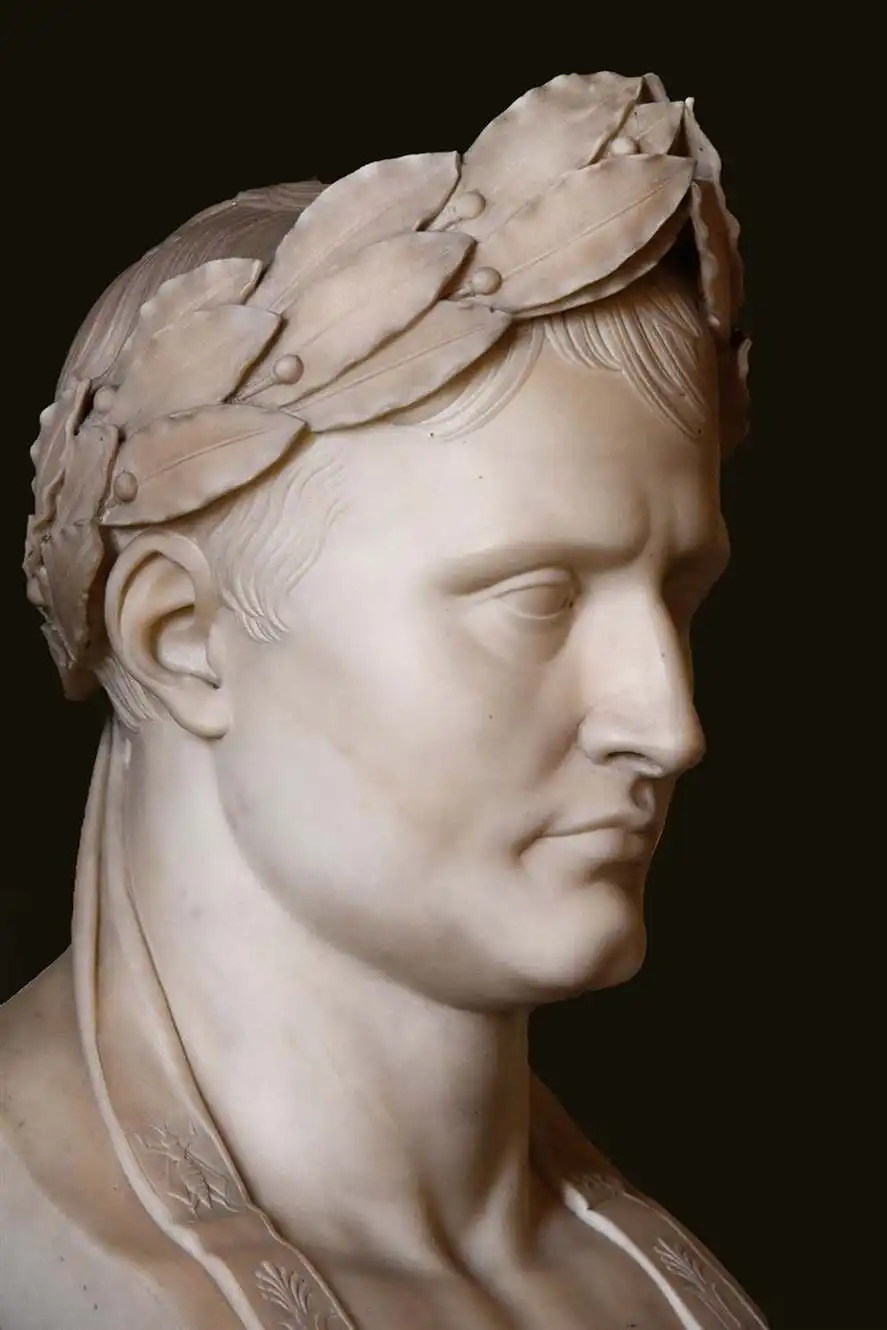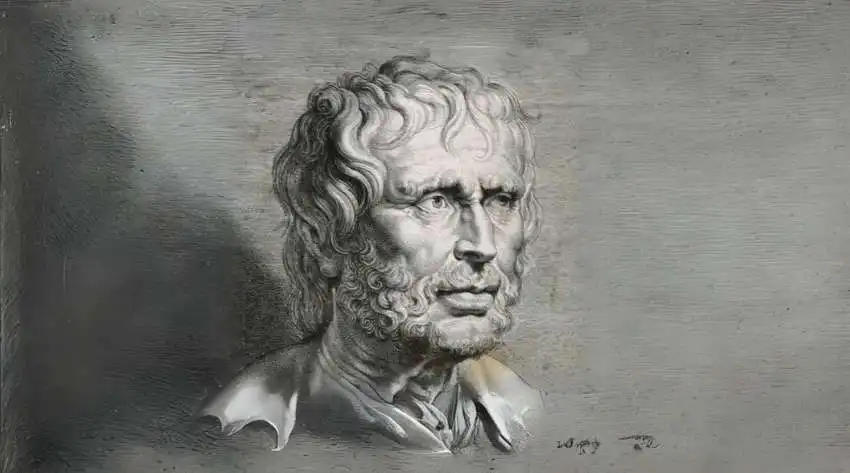Seneca was a Roman senator and philosopher, born in Spain, who came to rule the Roman Empire.
He was greatly admired and respected both in his time and throughout history.
Here you will find answers to questions like these:
Who was Seneca? Where was she from?
How did he come to rule the Roman Empire?
Why did three emperors want to kill him and none did?
♦♦♦
Who was Seneca?
Lucius Anneo Seneca ( Corduba, 4 BC- Rome, AD 65) was a prominent Roman intellectual and politician.
He was also one of the most admired, influential, and respected senators of his day.

Seneca came from a distinguished family, belonging to the highest Hispanic society, at a time when the province of Hispania was booming within the Roman Empire.

Seneca lived in Rome under the protection of his aunt Marcia and married a Roman knight, who was appointed governor of Egypt.
He also accompanied the couple to Alexandria, Egypt, where he acquired notions of administration and finance, geography and natural sciences.
He was not in good health due to asthma that he had suffered from since childhood.
In the year 31, Seneca returned to Rome where he was appointed quaestor, thus beginning his cursus honorum, in which he soon stood out for his brilliant style as an orator and writer

Emperor Caligula succeeded Tiberius, in the year 37, and Seneca had already become the main orator in the Senate.
This aroused the envy of the new Caesar and he ordered his first execution.
However, a woman, close to Caligula’s inner circle, got him to overturn the sentence by telling her that Seneca would soon die by himself, due to his poor health.
As a consequence of this, Seneca withdrew from public life as a Roman senator.
On Caligula’s death, Claudius is crowned emperor.
Seneca, who continued to be a relevant person in Roman politics, opposed Claudio’s accession to the throne along with the Senate.
And because of his influence in the Senate, the new emperor considered him a potential political enemy and was sentenced to death a second time.
But this sentence was also finally commuted, for an exile to Córcega.

The banishment lasted until the year 49, when Agrippina, the emperor’s new wife, called him back to Rome.
He was appointed praetor in the city.
And later, he was appointed guardian of the young Lucio Domicio Enobarbo, son of Agrippina’s previous marriage and future Emperor Nero.

How did he come to rule the Roman Empire?
In the year 54, Emperor Claudius died (poisoned by Agrippina herself) and his stepson Nero rose to power.
With the rise to power of the young Nero, 17 years old, Seneca was appointed political adviser and minister of the new emperor, along with the military officer Sextus Afranio Burro.
For the next eight years, Seneca and Donkey ruled the Roman Empire de facto.
(This period was later singled out by Emperor Trajan as one of the periods of “the best and most just government in the entire imperial age.”)
This attracted numerous enemies to him, and he was forced to retire from politics in 62.
But it was not enough, so he was falsely accused of participating in Piso’s conspiracy against Nero.
In this way, his former student, Emperor Nero, sentenced him to death for the third time in his life.
Finally, anticipating cruel condemnation by Nero, he committed suicide in AD 65.
♦
Seneca’s influence on later generations was immense.
As a writer, Seneca went down in history as one of the greatest representatives of Stoicism.
The Letters to Lucilio have been compared to a self-help book.
And in fact, following the film Gladiator, both these and the Meditations of Marcus Aurelius were republished with great success in the Anglo-Saxon world.
The remaining works of Seneca can be divided into four sections:
Seneca’s philosophy is diluted in these
More information and references:
- en.wikipedia.org (2019). Seneca. Available Here
- wikimedia Commons – Lucas Vorsterman I (1638). Portrait of Seneca according to the model of antiquity (pseudo-Seneca). National Library of France. Original image available here
- creativecommons.org – Herbert Frank (2019). Cordoba, Roman Temple. Original image available here
- Pixabay License -Meelimello. Caligula sculpture. Original image available here
- Pixabay License – Albrecht Fietz. Roman Coliseum. Original image available here
- pixabay License – Denis doukhan. Photos of the Castle of Compiègne, France. Original image available here















































Leave a Reply